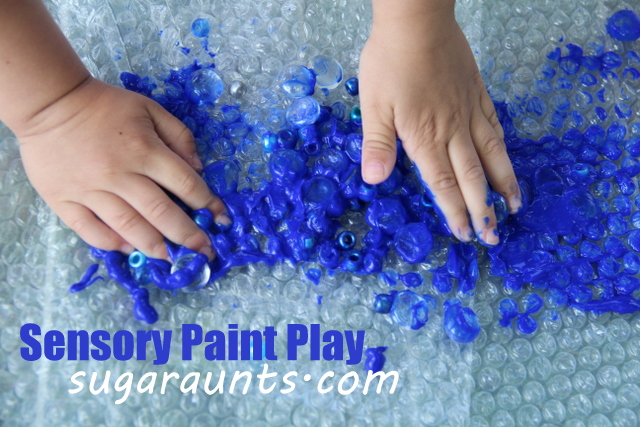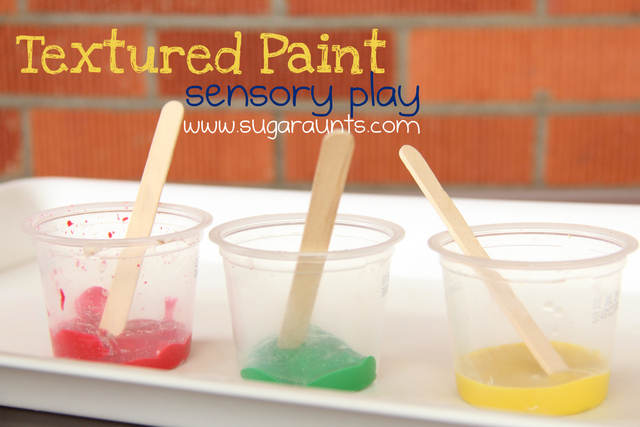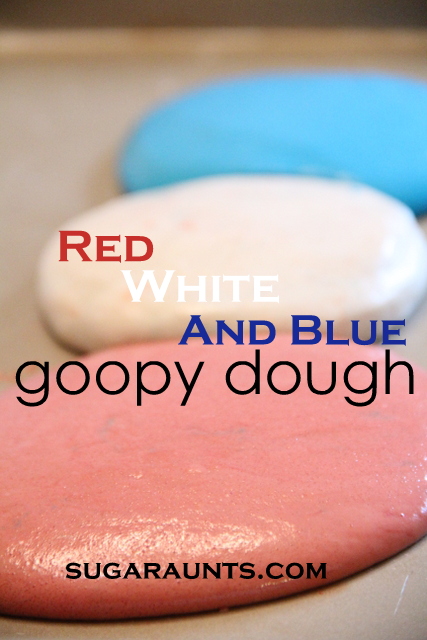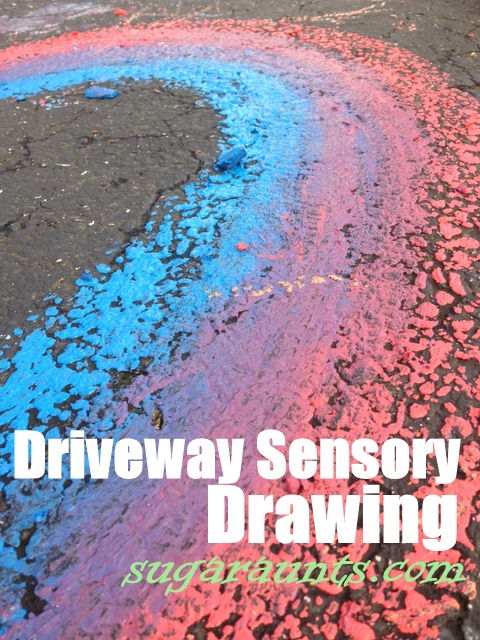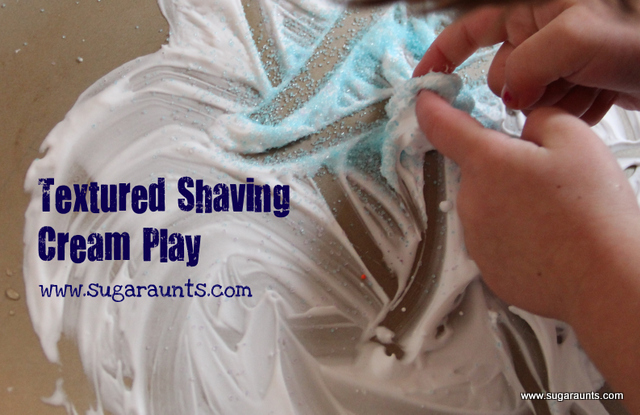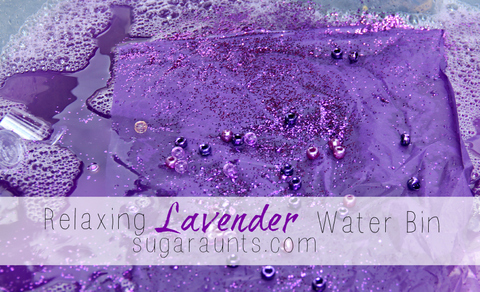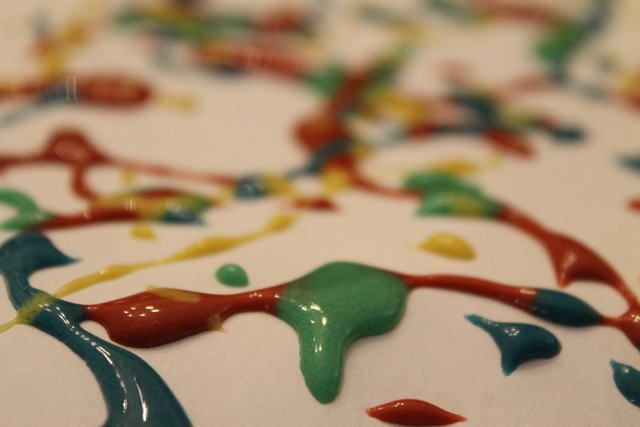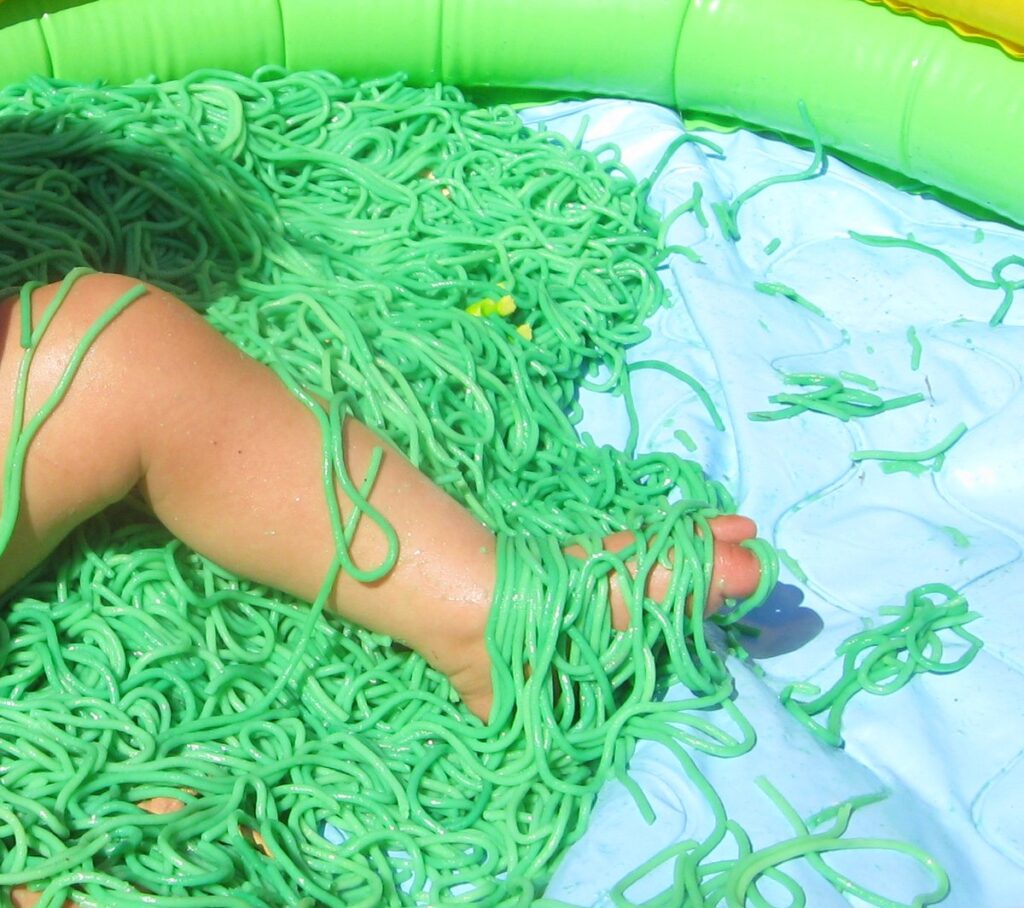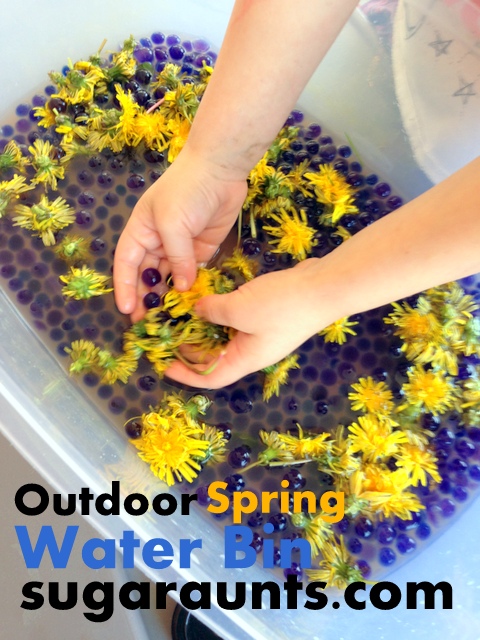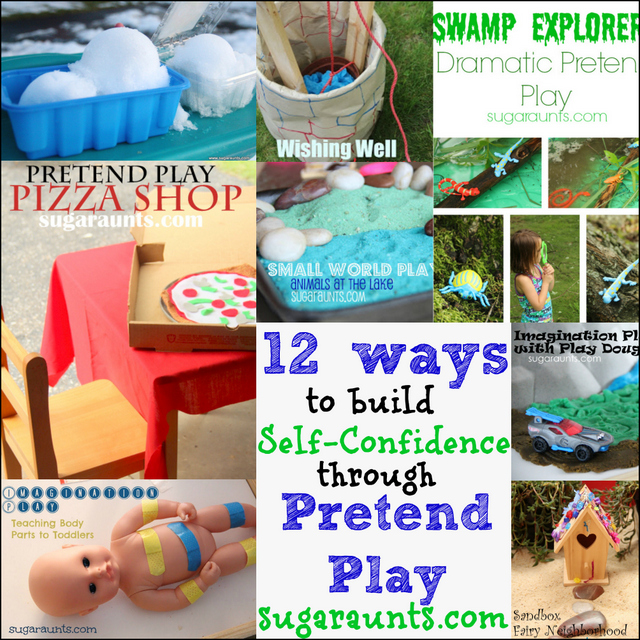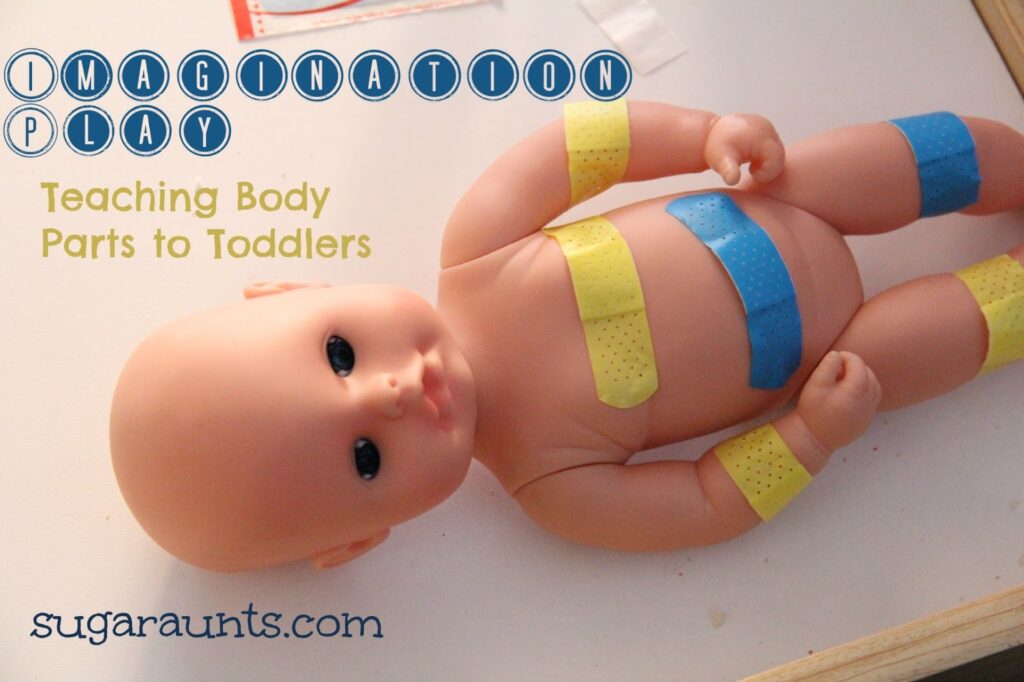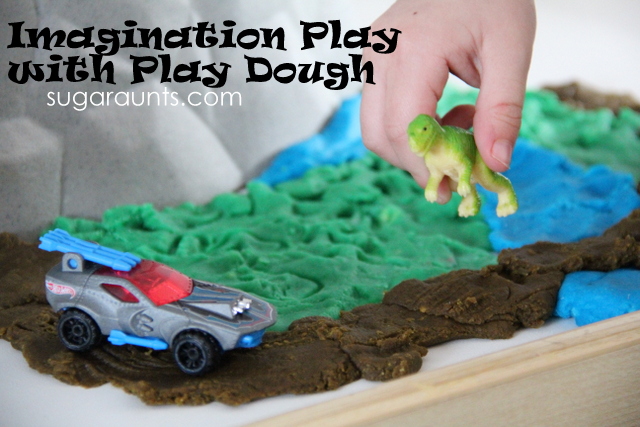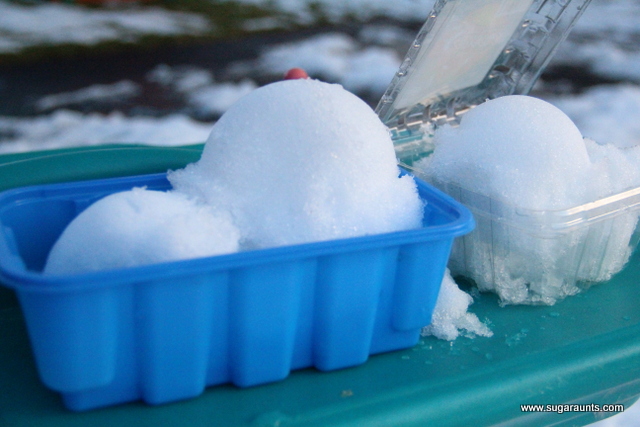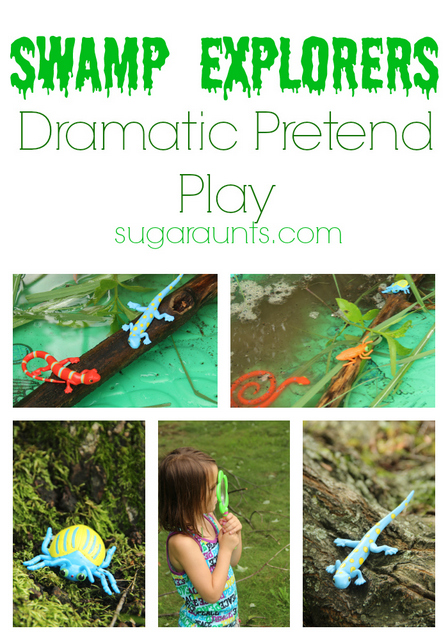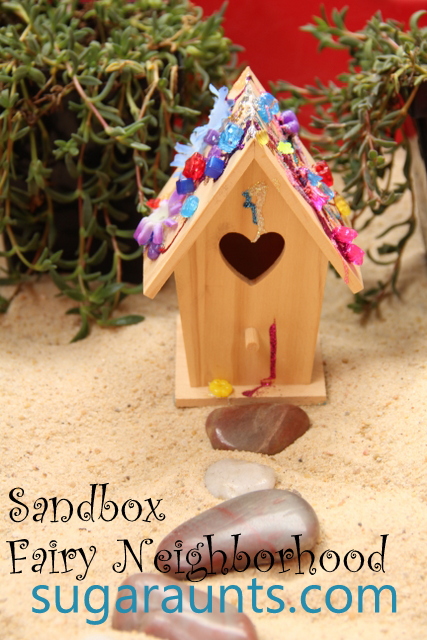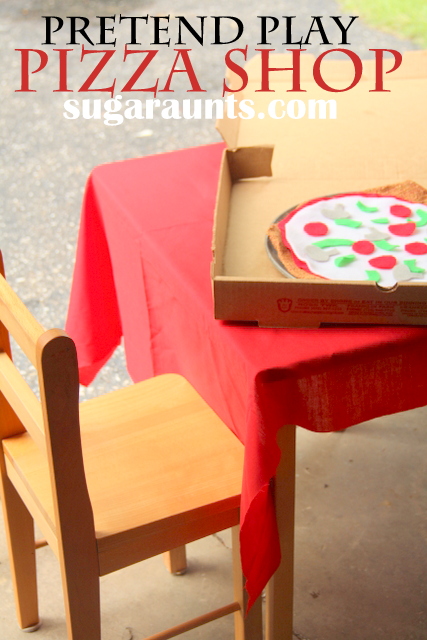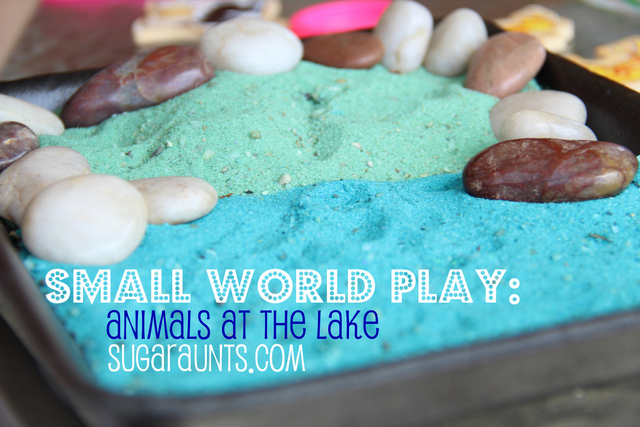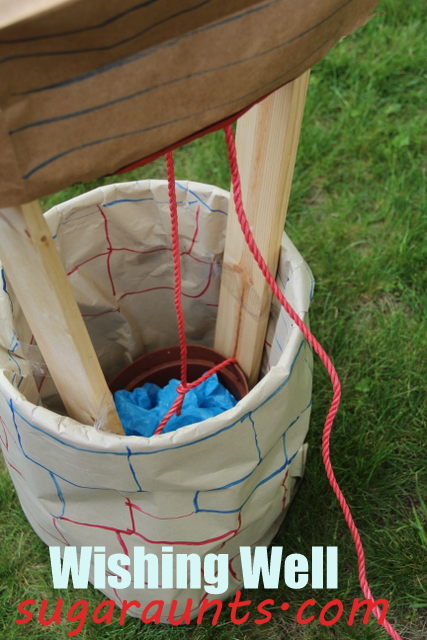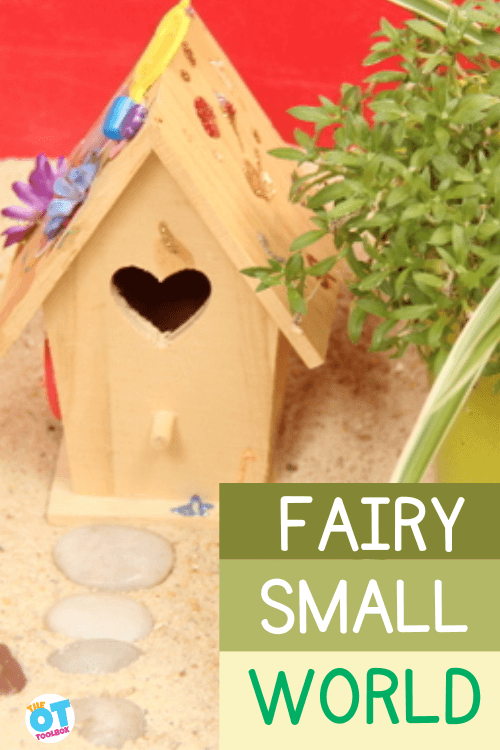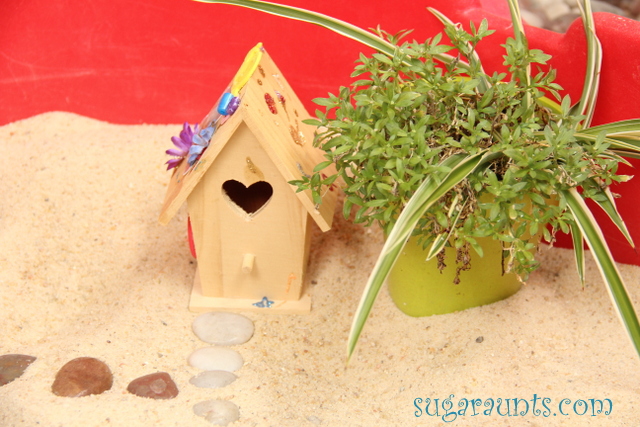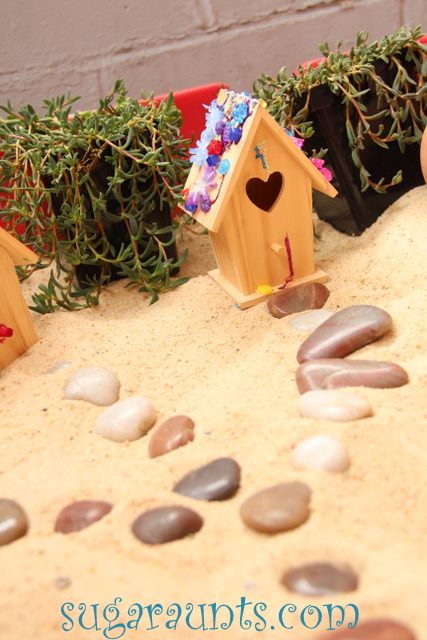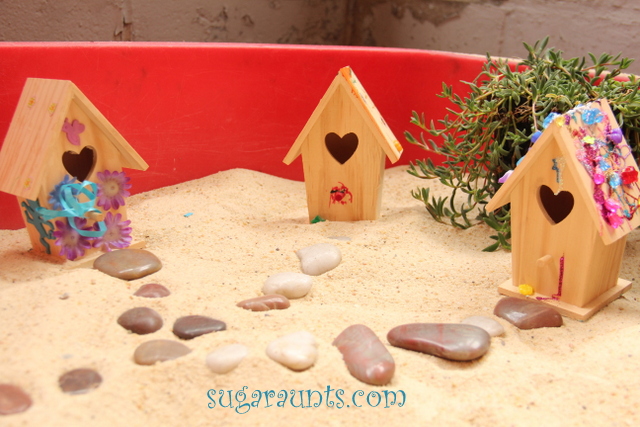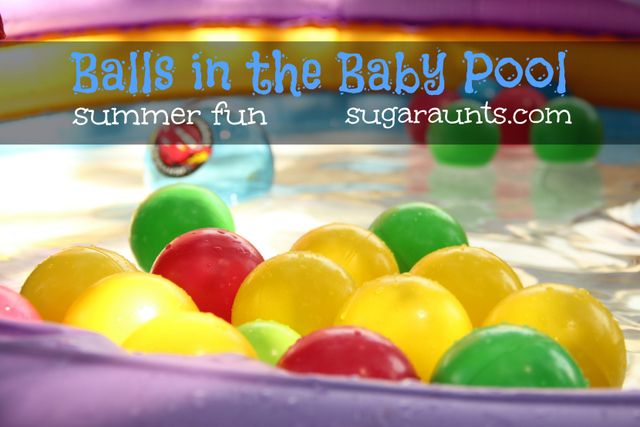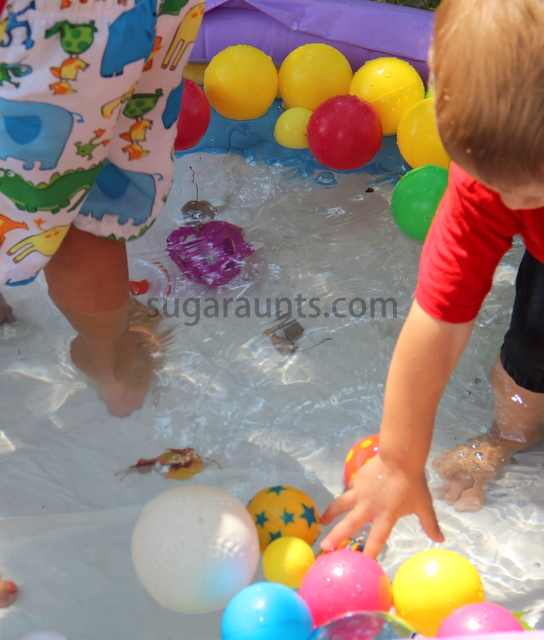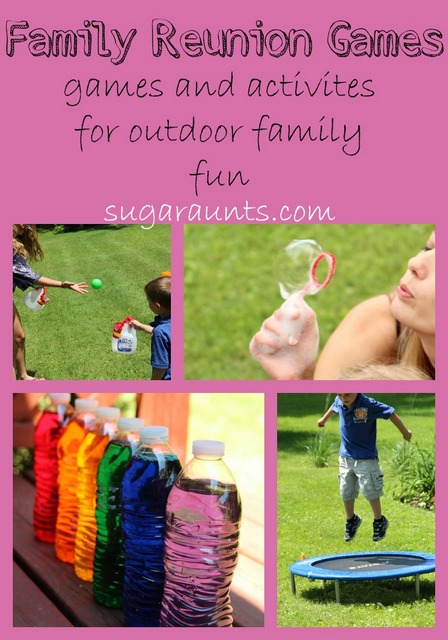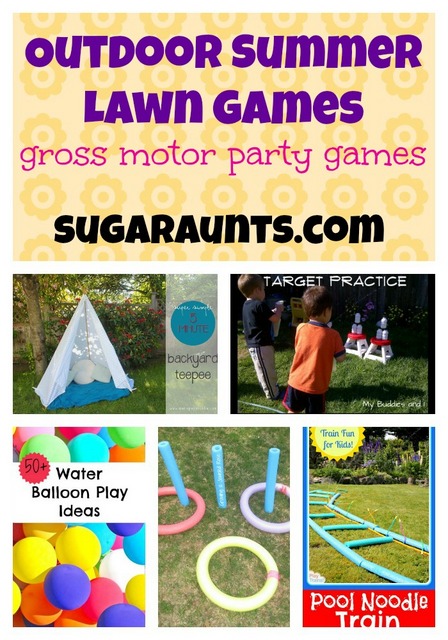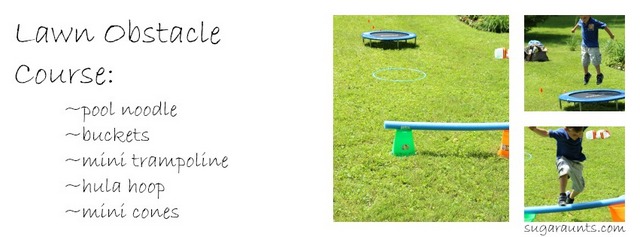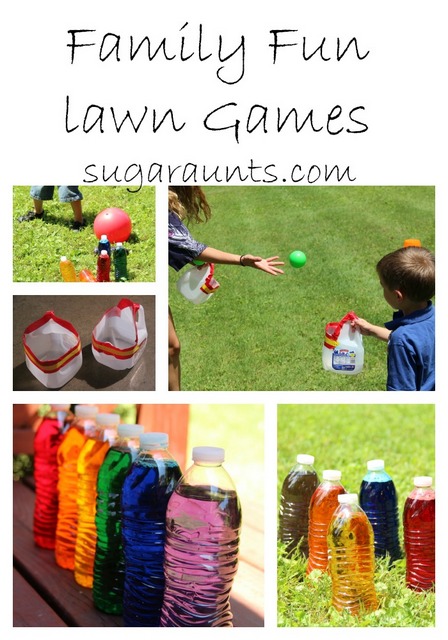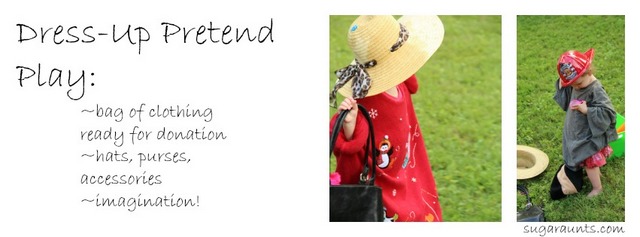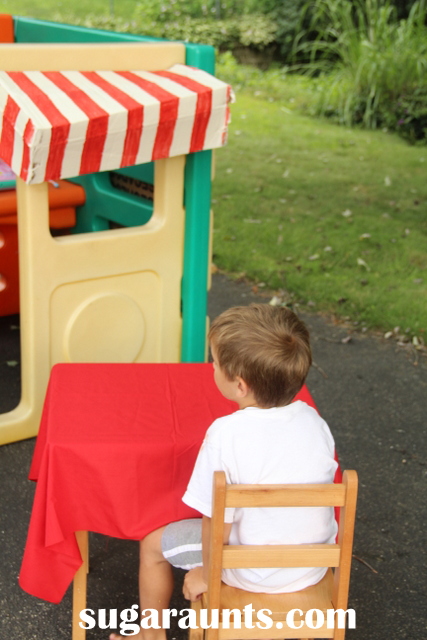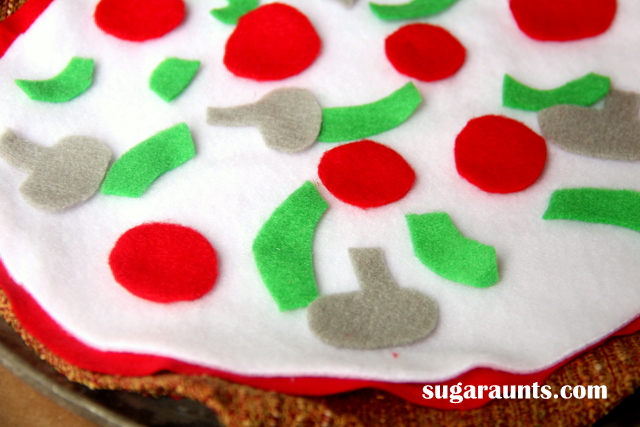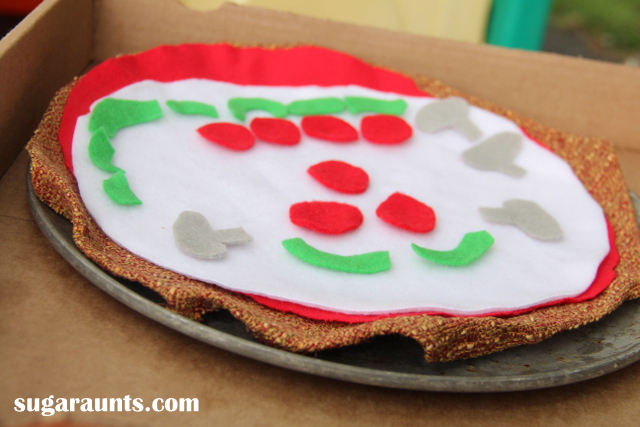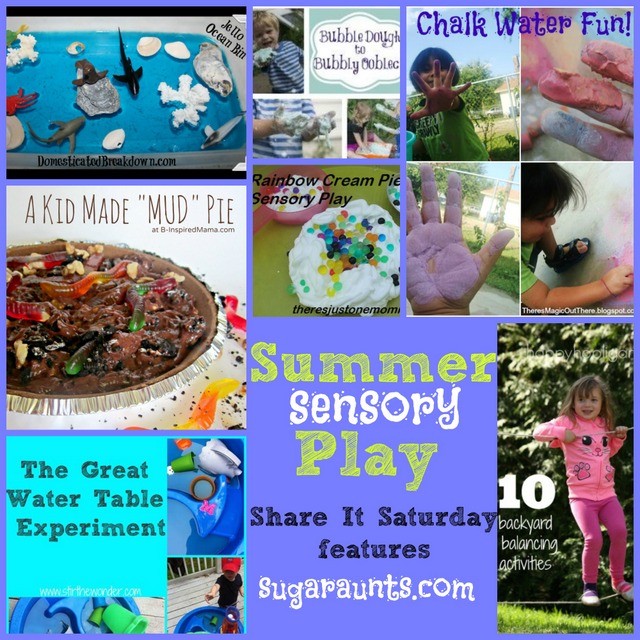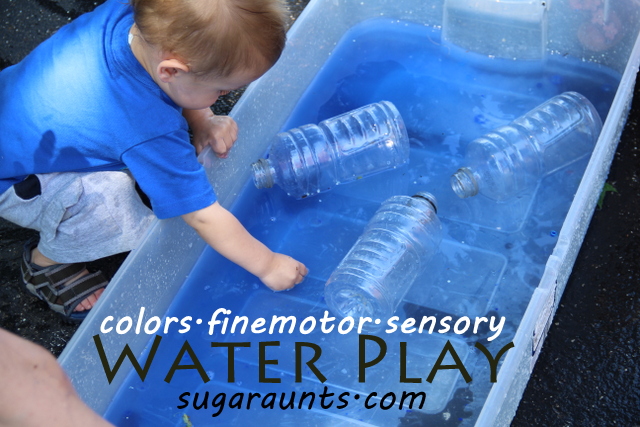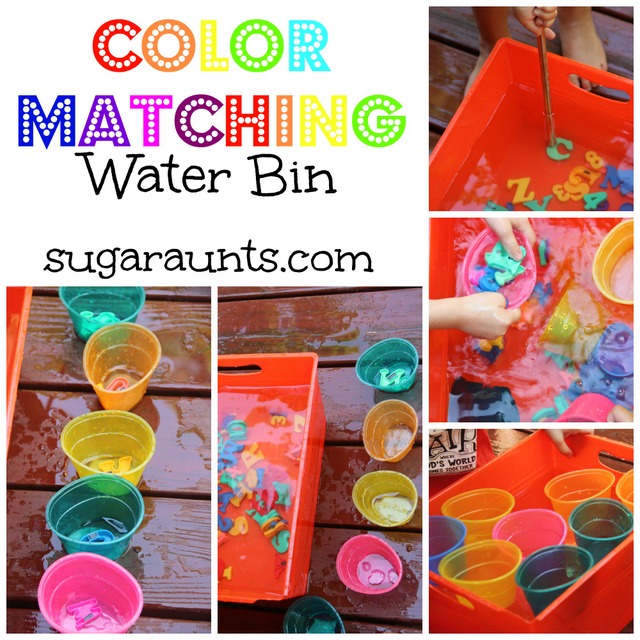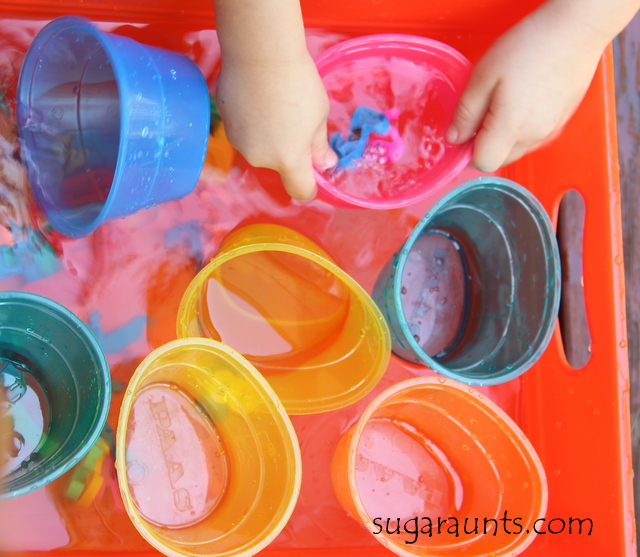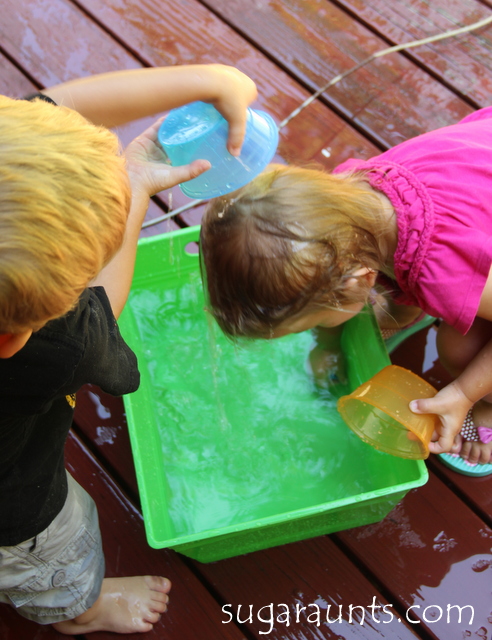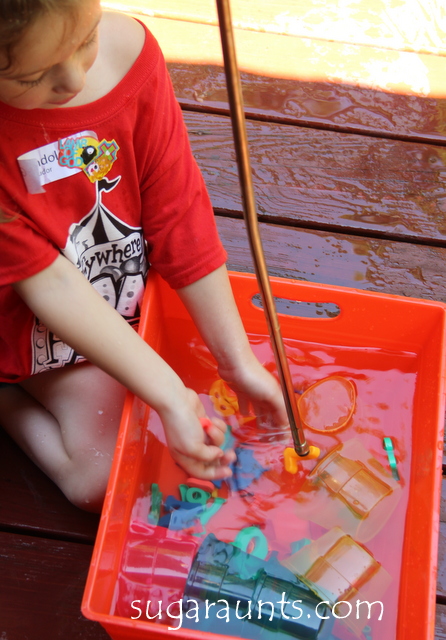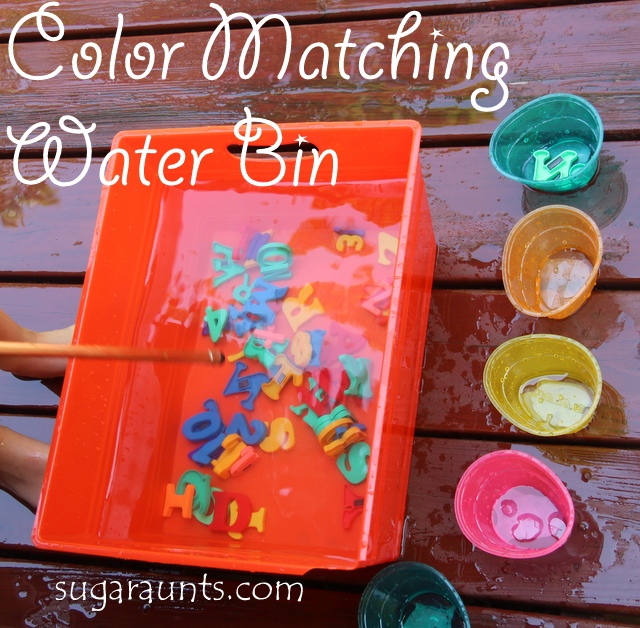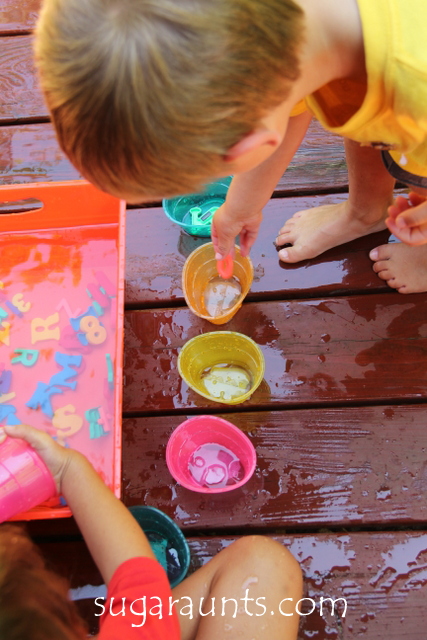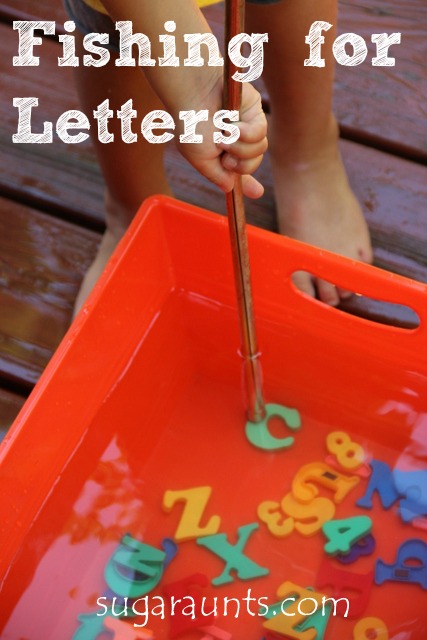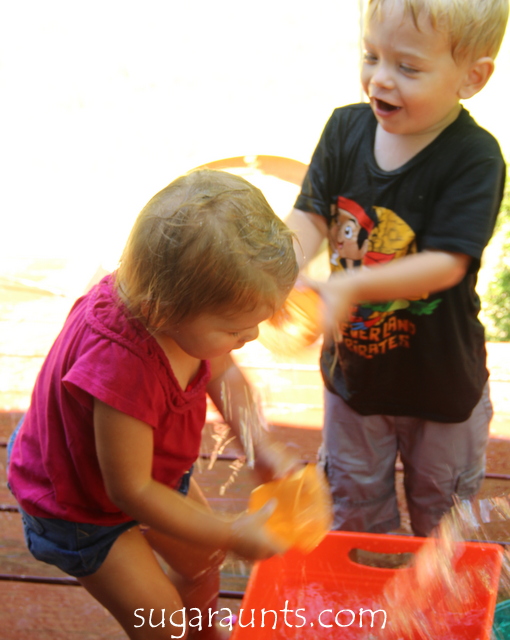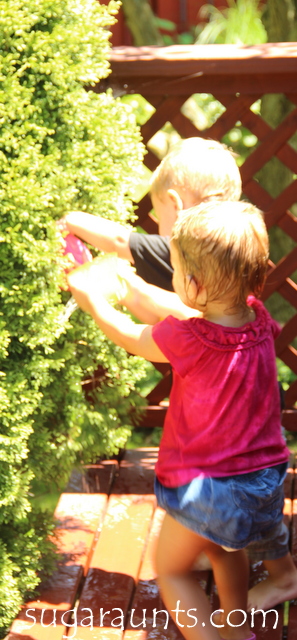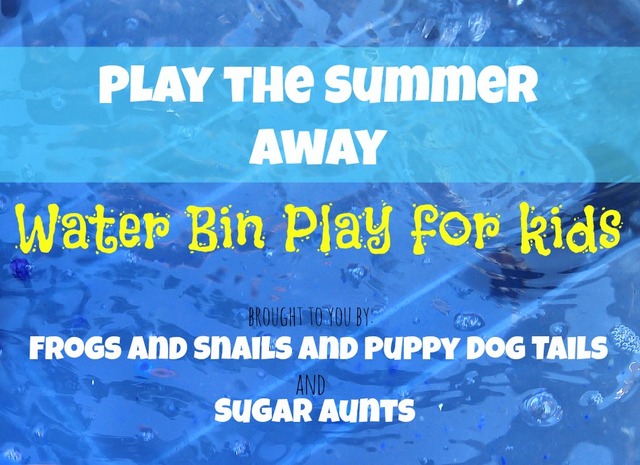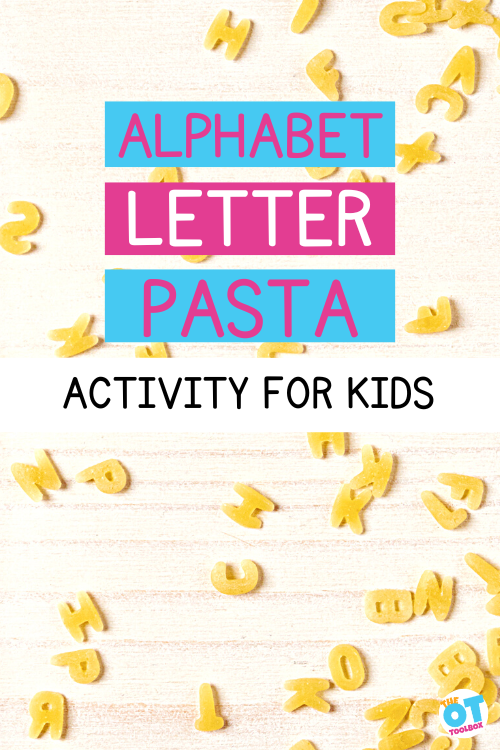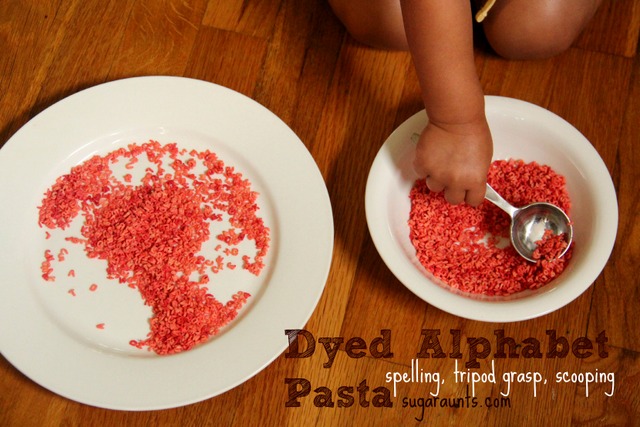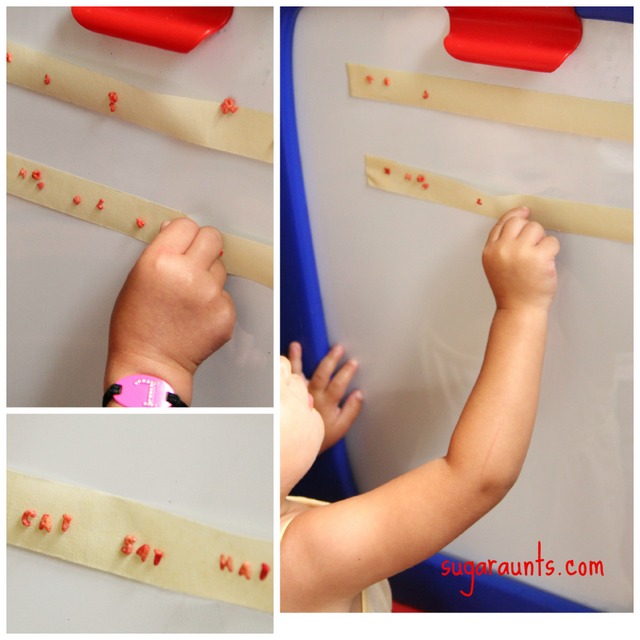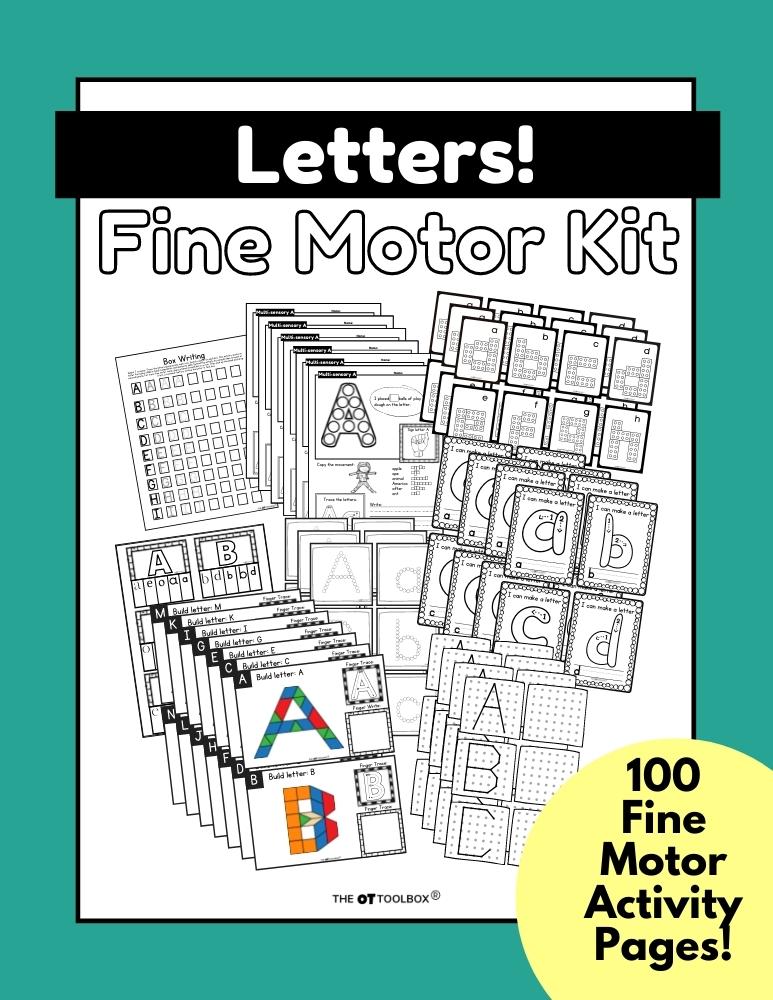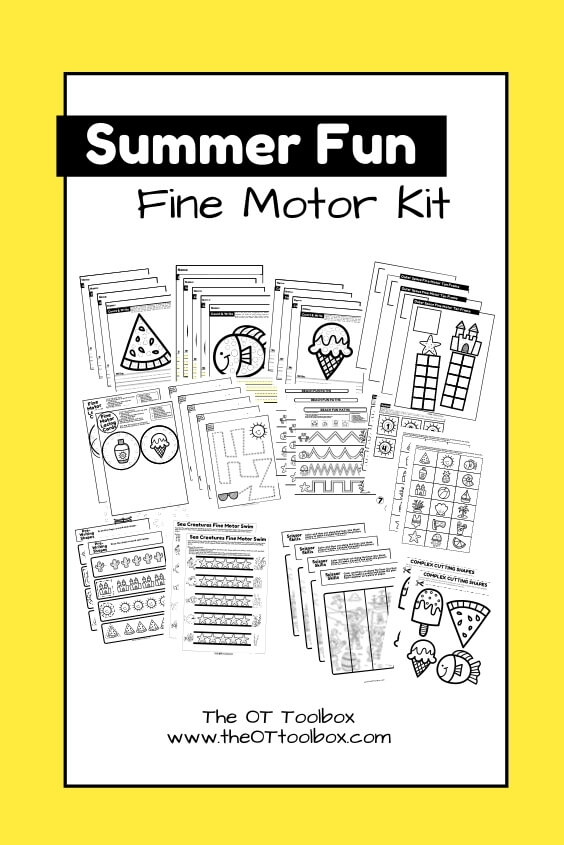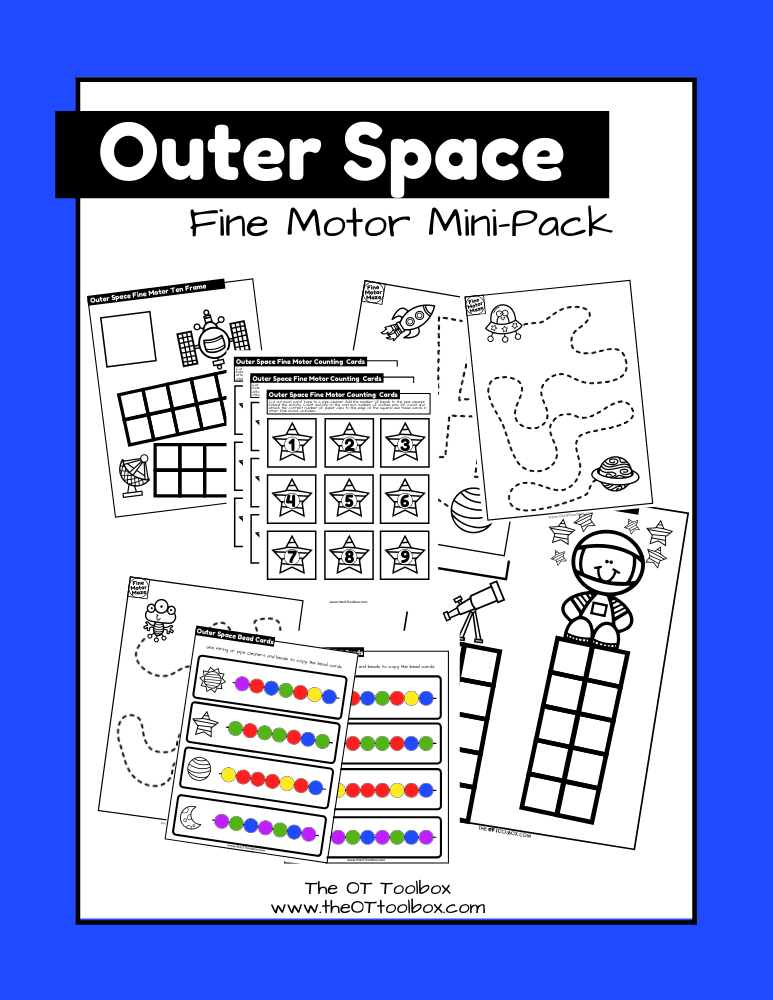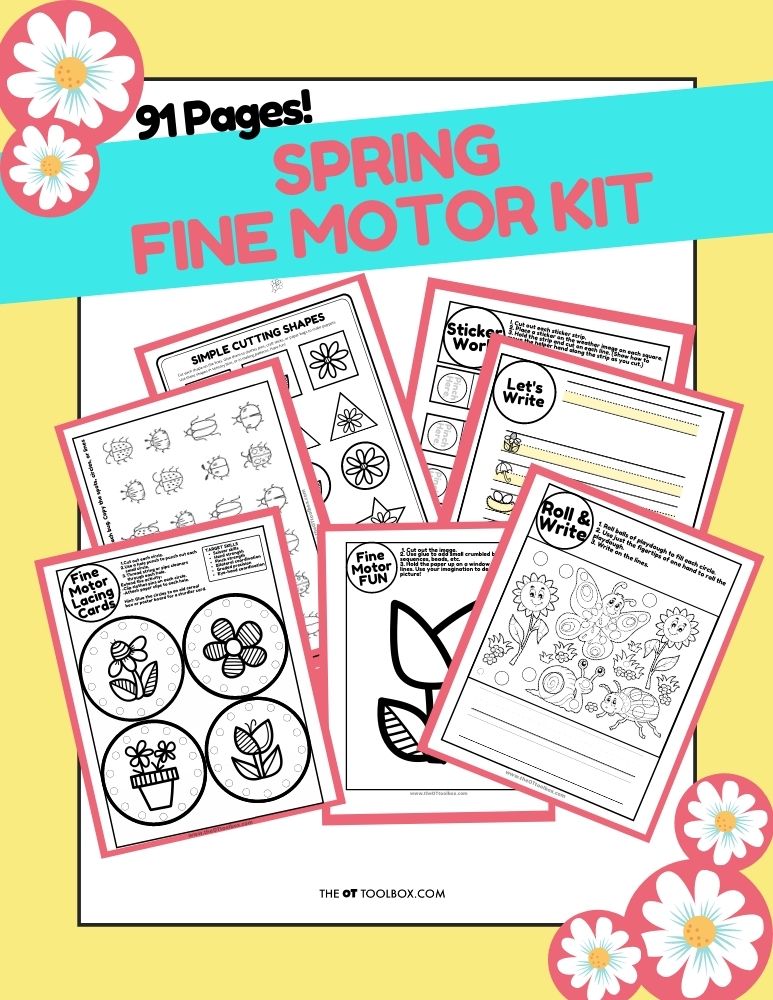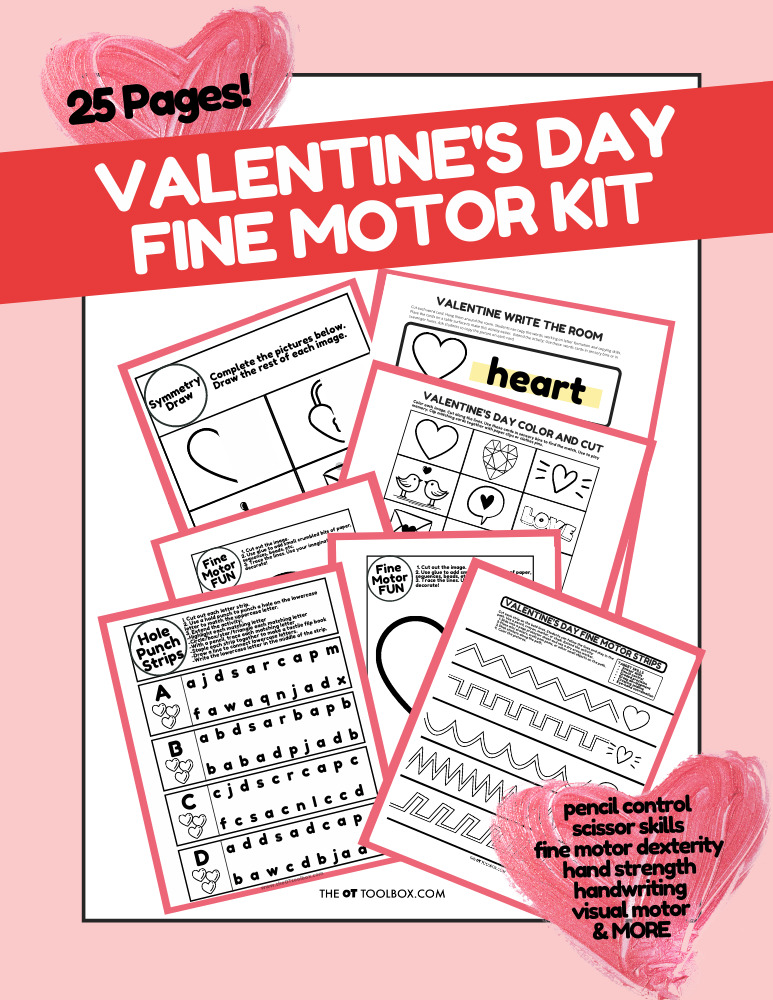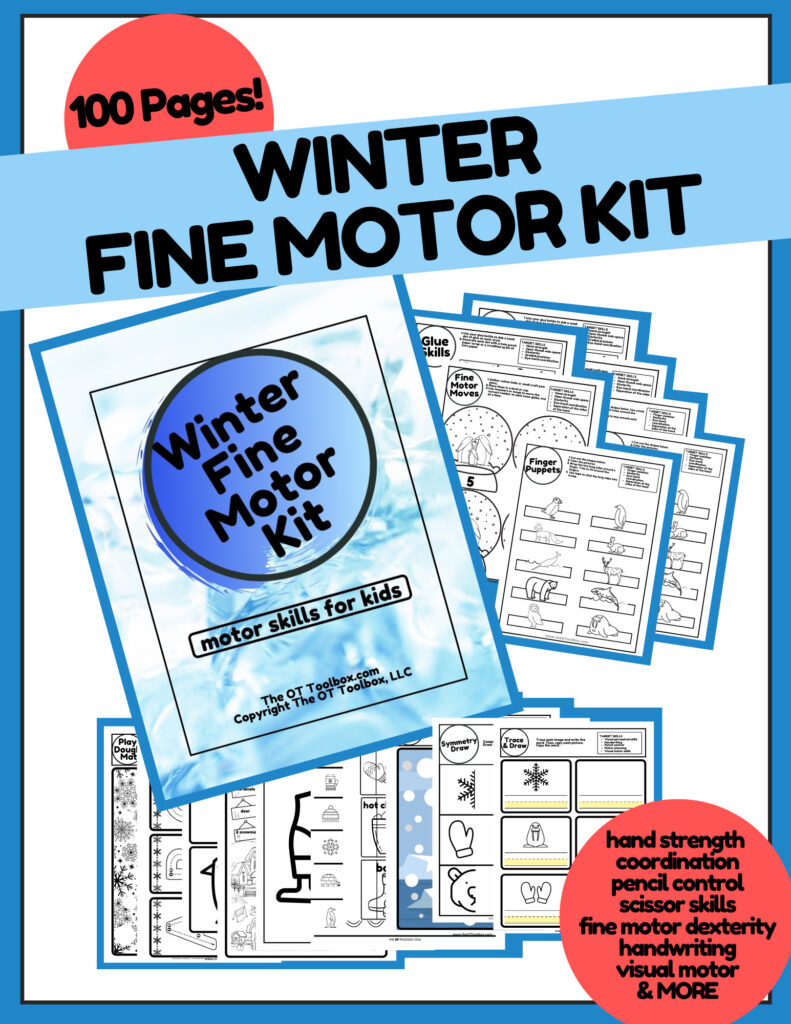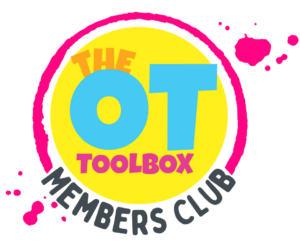We’ve done lots of messy play ideas and this is a round-up of our favorites. Sensory play is great for kids to explore textures, their senses, and have fun. Not only that, but through sensory touch, messy play activities support development in several areas: tactile sensory exploration, tactile challenges, problem solving, communication and language development, fine motor skills, self-care skills (washing hands and putting on a cover-up, etc.) We love messy play!
Messy Play Ideas
The messy activities listed blow include both sensory recipes, and general sensory activities designed to offer textural input from a variety of textures and consistencies. Young children thrive in this environment, because messy play is fun!
Not only that, but messy play is a change from the usual routine. When you bring out a sensory bin or a tray of shaving cream and let the children go wild, you’ve just created a stress-free area for learning through play.
Messy Play doesn’t need to be complicated. Some quick ways to incorporate messy play ideas into your day to day (or preschool setting, occupational therapy interventions, classroom, or home) include:
- Play Dough- Try frozen play dough for a temperature twist on this sensory idea. We have many play dough recipes here on the website that use a variety of ingredients.
- Cloud Dough
- Sensory bins- Pour dry rice, beans, chickpeas, flour, sand, rainbow rice, or other dry material into a bin. Add manipulatives or small toys and a few scoops and cups. This is a great sensory motor task to work on scooping and pouring as a hand-eye coordination task. Use some of these sensory bin base materials. This is a great opportunity for creative play!
- Make oobleck for a sensory fun experience.
- Shaving cream on a table and adding in toys like dinosaurs, cars, trucks, etc.
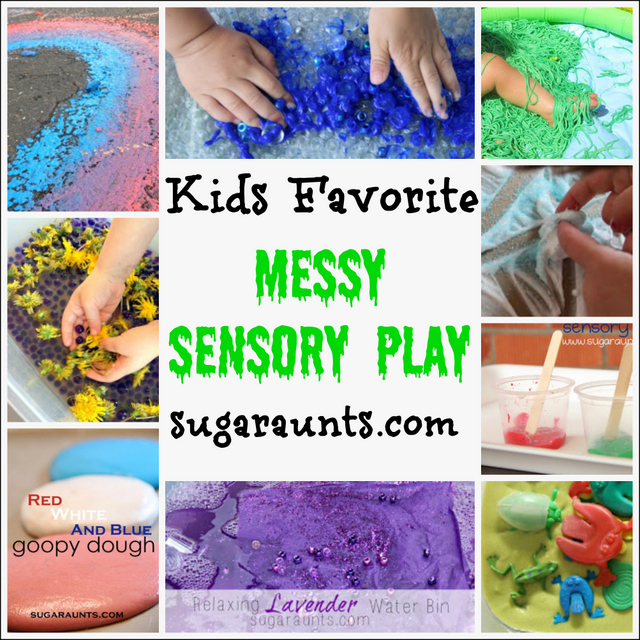
Why Messy Play?
Exploring and playing using the senses with out of the box play materials is a way to engage so many skill areas in young children.
I am a big advocate for sensory play with kids. There is so much learning that takes place during sensory experiences. Exploring textures, manipulating items, scents…the list can go on and on! When a child explores the world through their senses, they develop fine motor skills, gross motor skills, language abilities, self-confidence, and so much more.
Take a look at all of the ways messy fun supports child development:
- Fine motor skills
- Gross motor skills
- Strength
- Visual motor skills
- Balance and coordination
- Vestibular input
- Proprioceptive input
- Interoception awareness
- Eye-hand coordination
- Curiosity and creativity
- Problem solving
- Communication and language development
While play definitely is based on the body’s senses, there are also the vestibular and proprioception senses that provide input to a child. Any experience involves the body’s ability to take in sensory input, process it, and provide appropriate responses. During all of this learning is happening!
Messy activities support tactile discrimination, as a way to learn through touch exploration.
Sensory discrimination is defined as the ability to discriminate (or identify) sensory input, sensory differences, quantities, and qualities of sensory stimuli. When we discriminate sensory input, we use our sensory systems to taste, touch, hear, feel, smell, and perceive sensory information.
For the individual with tactile defensiveness, this sensory input is perceived with hypersensitivity.
Discrimination of the tactile sensory system allows for safety and functional participation in everyday tasks. Sensory discrimination can mean smelling smoke from the stove vs. smoke from a backyard firepit, hearing an alarm sounding, tasting spoiled food, knowing when to go to the bathroom, knowing when to stop spinning on the swing, and so many other aspects of daily life!
Messy play and the Tactile Sensory System
There are three sensory systems that have a primary influence in sensory-related responses. When these sensory systems are incorporated into messy play, we see a real vehicle for therapeutic interventions.
The sensory systems described below include all of the systems of the body despite the primary influences of the proprioceptive, vestibular, and tactile systems.
In general, the child who experiences a need for a sensory diet has differences in sensory responsiveness from one or more of the systems that results in poor modulation, perception, or discrimination of sensory information.
The Tactile Sensory System is one of the earliest developed senses of the body. The skin is the largest and the most prevalent organ. The skin performs unique duties for the body. Most importantly, the skin protects and alerts us to danger and discriminates sensation with regard to location and identification. These two levels of sensation work together yet are distinctively important.
Discrimination of touch allows us to sense where a sensation is felt on the body. With discrimination, we are able to discern a fly that lands on our arm. The second level of the tactile system alerts us to danger. It allows us to jump in response to the “fight or flight” response when we perceive a spider crawling on our arm. The information received from the tactile system also includes light touch, pain, temperature, and pressure.
When either of these levels of sensation are disrupted, tactile dysfunction can result. This presents in many ways, including hypersensitivity to tags in clothing, a dislike of messy play, difficulty with fine motor tasks, a fear of being touched by someone without seeing that touch, a high tolerance of pain, or a need to touch everything and everyone.
When the tactile system is immature or impaired, the brain can become overly stimulated with resulting poor organization and regulation of input. Children can then experience difficulty with behavior and concentration as a result.
Treatment for the child with an impaired tactile sensory system focuses on providing a variety of deep- and light-touch experiences (Koomar & Bundy, 1991). Additionally, resistance activities, much like those indicated for decreased discrimination of vestibular and proprioceptive information, may be used in the therapeutic sensory diet.
When it comes to the tactile sensation of foods, hyper-responsiveness to certain textures of foods or drinks can interfere with an individual’s ability to tolerate certain foods or liquids. Trial desensitization strategies to food.
A qualified occupational therapist should intervene with these strategies. Promote a positive attitude during mealtimes. Allow the individual to eat preferred foods and drinks at mealtimes while introducing new foods at different times during the day.
Messy Play with Soap
But messy play doesn’t need to be “messy” or the type of sensory experience that involves a huge mess to clean up! Just add soap!
- Get the kids involved with washing dishes in a sink full of soapy water. Add sponges, a dish cloth, and scrubbers for a functional mess that actually cleans!
- Pull out some kitchen supplies like a potato peeler. Kids can scrape soap bars and use soap shavings to make designs on bookmarks.
- Make soap foam for a hand strengthening activity.
Messy play is a fun and creative way for kids to learn and explore new things. Here are some great messy play ideas for kids:
- Finger painting: Set up a large piece of paper or canvas, and let your child use their fingers to paint with different colors. You can use washable paint, which makes clean-up easier.
- Messy painting- There are many creative painting ideas here on the site that incorporate the senses.
- Play dough: Make your own play dough or buy it from a store. Your child can use it to make shapes, sculptures, or even their own little worlds.
- Water play: Set up a water table or fill a large container with water and provide cups, spoons, and other items for pouring and splashing.
- Sensory bins: Fill a bin or container with various materials such as rice, beans, sand, or water beads. Let your child explore and play with different textures and objects.
- Mud kitchen: Set up an outdoor space with old pots, pans, and utensils, and let your child create their own mud pies and meals.
- Shaving cream art: Spread shaving cream on a table or tray, and let your child draw designs or patterns with their fingers.
- Ice painting: Freeze colored water in ice cube trays, and let your child use the ice cubes to create colorful designs on paper.
- Slime: Make your own slime or buy it from a store, and let your child stretch, squeeze, and mold it into different shapes.
- Bubble play: Blow bubbles and let your child pop them or use a bubble machine for more bubbles.
- Food play: Let your child explore different foods and textures by creating a “food play” station with items like cooked spaghetti, Jello, and pudding.
- Baby-Safe Finger Paint- During the middle of the first year, baby begins his or her journey with food. About 9 months is a great time to encourage sensory play using baby safe paint. All it takes is a couple of pureed foods such as sweet potatoes, carrots, or prunes. Allow baby to touch, manipulate, and smear that paint on a high chair surface or even paper. Moving the texture in their hands provides a tactile sensory challenge, and has its fine motor benefits, too. Baby will be able to isolate their pointer finger to point and smear, will be able to separate the thumb side of the hand from the stability side of the hand (SO important in higher level fine motor tasks!), and will develop the arches of the hand which is helpful in more refined fine motor activities. A little water play at the end of this activity is great for cleaning up AND has sensory benefits of its own!
- Water Play- There are so many ways to engage, explore, and build skills using water play. A small dish and some crushed ice is a great way to encourage grasp wth sensory benefits. A gallon sized baggie filled with colored water and some water beads can be sealed up with duct tape and used as a floor tummy time activity. A scoop and some large balls can be used to introduce scooping and pouring. The sky is the limit when it comes to baby safe water play. Just be sure to keep a close eye on your little one and trust your gut when it comes to setting up play activities.
Remember to always supervise your child during messy play, and use materials that are safe for their age group. Additionally, it’s a good idea to have a designated messy play area that can be easily cleaned up afterward.
Messy Play Ingredients
Messy play ingredients can include materials you have around the home in the pantry. One thing to be aware of is the use of food in messy play fun. Always consider using expired materials first, as these items are headed for the trash anyway. Consider how to use recycled materials or non-food ingredients when coming up with messy activities. Sometimes a garden hose and a pile of dirt in the garden is enough for a sensory play experience!
Add these materials to your toolbox to have on hand for messy play at a moment’s notice:
- Shaving cream
- Flour
- Soap
- Cornflour
- Rice
- Dirt
- Cornstarch
- Glitter
- Vinegar
- Baking Soda
- Glue
- Balloons
- Scoops and cups
- Shaving foam
- Warm water
- Dry pasta
- Kinetic sand
Baby-Safe Finger Paint- During the middle of the first year, baby begins his or her journey with food. About 9 months is a great time to encourage sensory play using baby safe paint. All it takes is a couple of pureed foods such as sweet potatoes, carrots, or prunes. Allow baby to touch, manipulate, and smear that paint on a high chair surface or even paper. Moving the texture in their hands provides a tactile sensory challenge, and has its fine motor benefits, too. Baby will be able to isolate their pointer finger to point and smear, will be able to separate the thumb side of the hand from the stability side of the hand (SO important in higher level fine motor tasks!), and will develop the arches of the hand which is helpful in more refined fine motor activities. A little water play at the end of this activity is great for cleaning up AND has sensory benefits of its own!
Water Play- Speaking of water play, there are so many ways to engage, explore, and build skills using water play. A small dish and some crushed ice is a great way to encourage grasp wth sensory benefits. A gallon sized baggie filled with colored water and some water beads can be sealed up with duct tape and used as a floor tummy time activity. A scoop and some large balls can be used to introduce scooping and pouring. The sky is the limit when it comes to baby safe water play. Just be sure to keep a close eye on your little one and trust your gut when it comes to setting up play activities.


